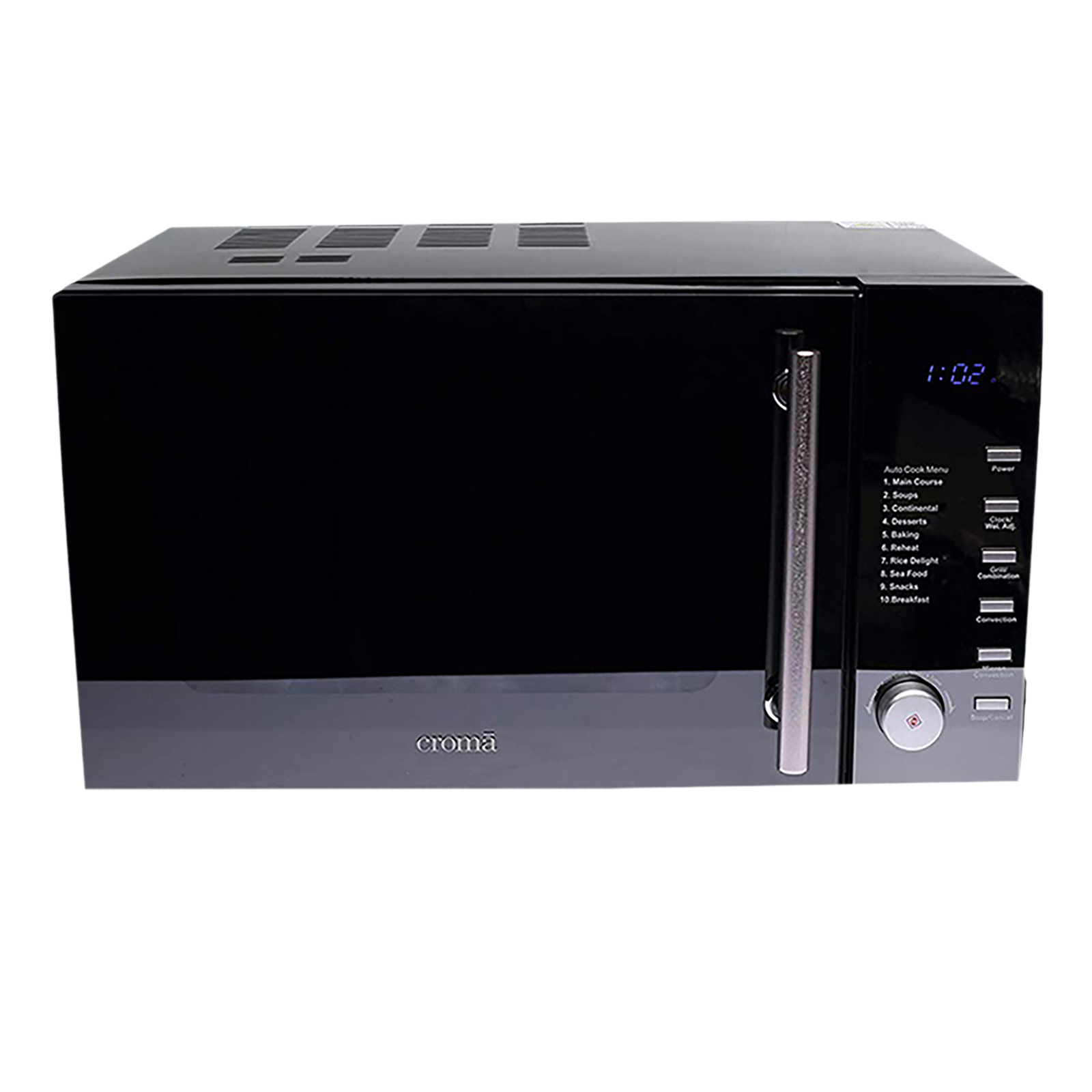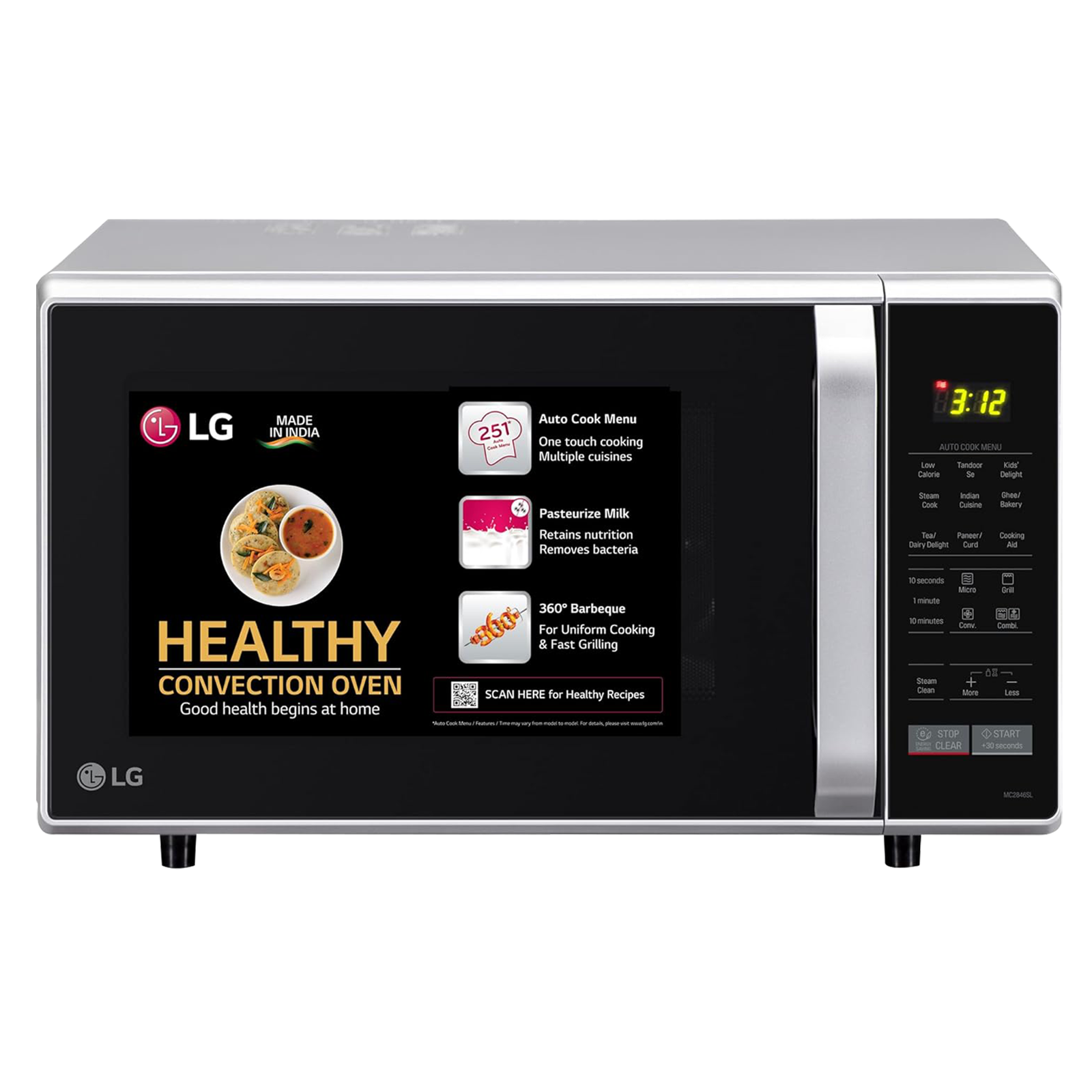Microwaves in recent years have become as indispensable a part of our kitchens as any other appliance. Whether cooking up a Sunday roast or simply heating cup noodles in the middle of the night, they can just about do it all. Not to mention, at the mere tap of a button.
Bearing in mind the (almost) central role it plays in our lives, have you ever wondered what goes on inside microwaves? Well, here’s a low down on what’s inside this appliance what parts work together to make everything tick.
How a microwave works
For this story, we’ll be looking at convection microwave ovens. Convection microwave ovens, owing to the presence of an OTG-like heating element in them, are capable of baking and roasting food, in addition to simply heating it, or even defrosting or thawing. A few newer models in the market can even air fry food.
ALSO READ: What do the symbols on your microwave mean?
With that out of the way, here’s a closer look at all the different parts of a microwave, and what each of them does.
1. Control panel
Most microwaves have a similar design. On the outside, you see a control panel, which functions as the brain of the microwave. Whether you want to thaw frozen meat, heat a glass of milk for your cookies, or roast a chicken, it is through here that you control different functionalities of the microwave.
2. Glass tray and rotating turntable
On the inside, you’ll see a glass tray on which you can place your food and a turntable underneath. The latter, as the name suggests, rotates the food items to ensure even heating.
3. Heating element and convection fan
On top, you’ll see the heating element we mentioned earlier. This generates heat to cook your food. And above that, is a little grille. Housed in there is the convection fan. This fan works in tandem with the rotating turntable, to evenly distribute heat inside the microwave.
4. Magnetron
Now, the heating element and convection fan aren’t the only ways through which your food is heated in a microwave. Inside is also a magnetron, which produces electromagnetic waves called ‘microwaves’ (which is where this appliance derives its name from).
These microwaves agitate the molecules of the food placed in the microwave. As a result, when they clash with one another, the energy generated turns into heat, which is what heats your food.
5. Transformer
The magnetron, in turn, draws its power from a transformer. The transformer is what amplifies the voltage of the power being supplied to the magnetron, to help it generate the microwaves we mentioned earlier.
6. Cooling fan and thermostats
Now, while the generation of heat is important, in a microwave, it is also important to ensure that things don’t get too hot underneath, potentially damaging its components. To ensure the same, a fan at the back runs during the cooking process, to keep all the components inside cool. This also ensures you don’t burn yourself while handling food in the microwave.
ALSO READ: Microwave Oven vs OTG: What should you buy and why?
Your microwave also has built-in thermostats. These sense the peripheral temperature of the magnetron and that of the air being exhausted from the back. If at any point these get too much, they automatically cut off the external power supply to it.
And that’s pretty much it. As you can see, the workings of a microwave involve several different components working together in tandem like clockwork, to give you popcorn in minutes for your Saturday movie marathon.
Unleash your inner geek with Croma Unboxed
Subscribe now to stay ahead with the latest articles and updates
You are almost there
Enter your details to subscribe

Happiness unboxed!
Thank you for subscribing to our blog.
Disclaimer: This post as well as the layout and design on this website are protected under Indian intellectual property laws, including the Copyright Act, 1957 and the Trade Marks Act, 1999 and is the property of Infiniti Retail Limited (Croma). Using, copying (in full or in part), adapting or altering this post or any other material from Croma’s website is expressly prohibited without prior written permission from Croma. For permission to use the content on the Croma’s website, please connect on contactunboxed@croma.com
- Related articles
- Popular articles
-
-
Microwaves
What are the different sizes of microwaves and which one is right for you
Sambit Satpathy
-




















Atreya Raghavan
Comments